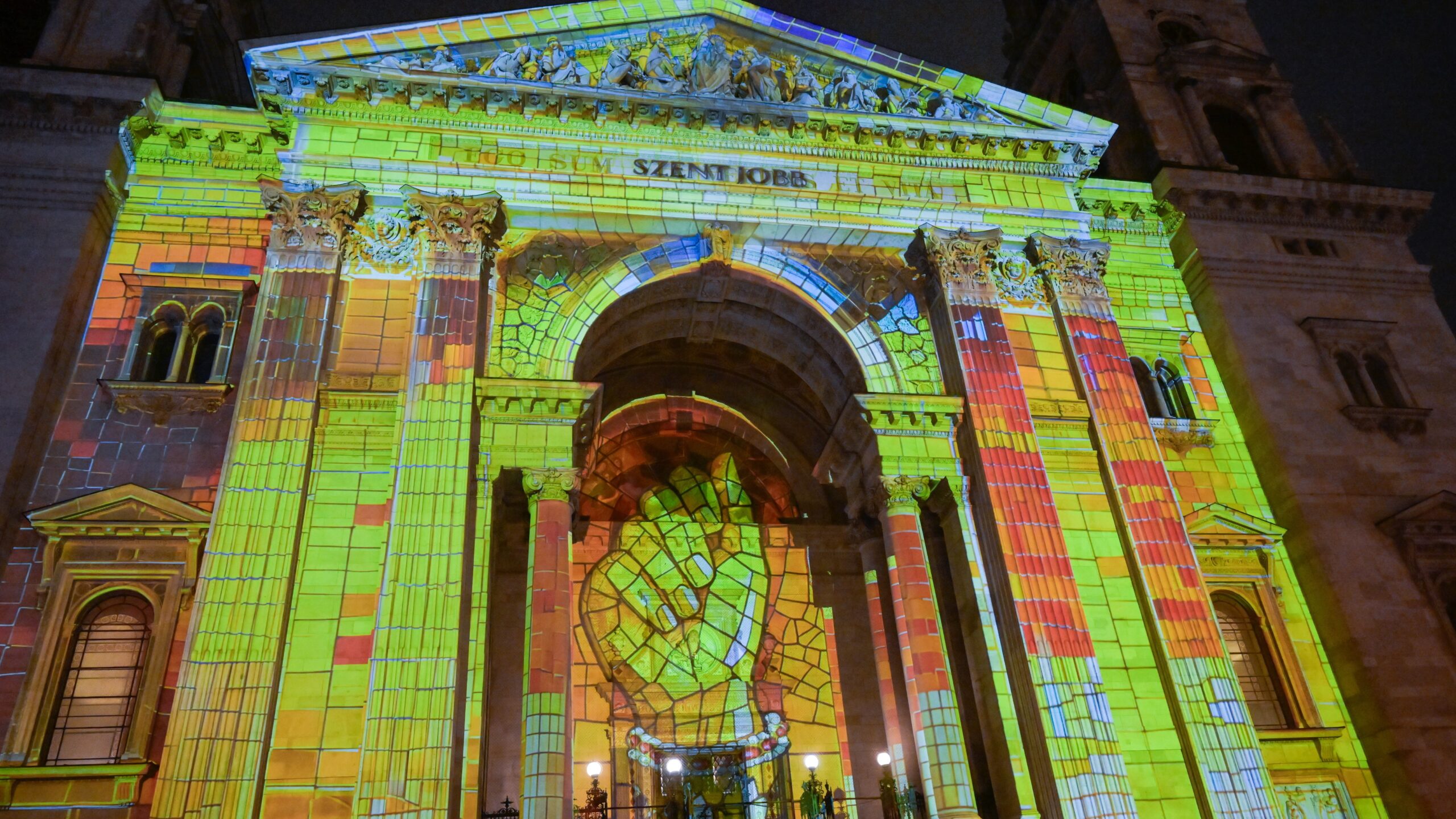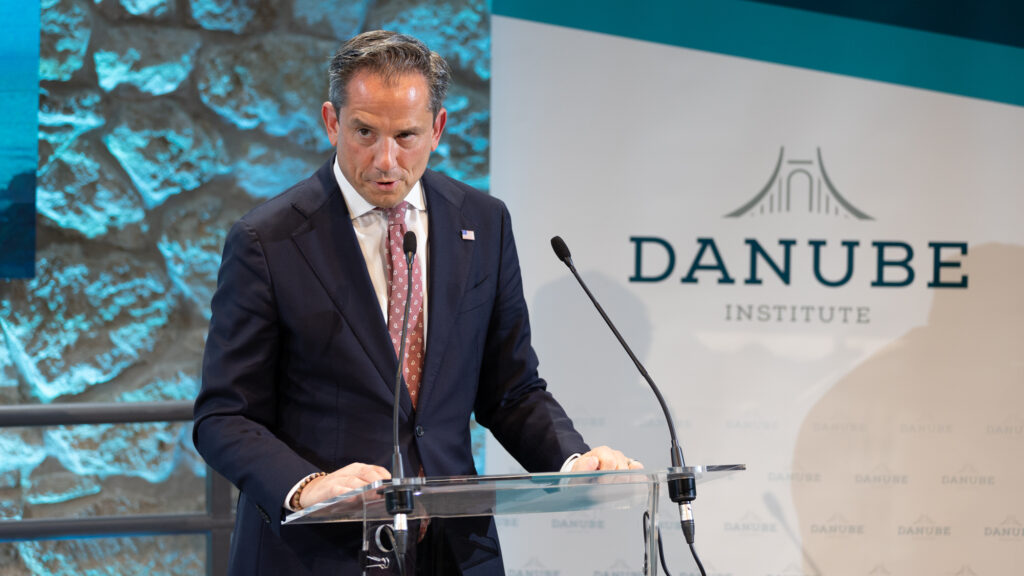St Stephen’s Basilica in Budapest marked the 120th anniversary of its consecration with celebrations that included a historical light projection, a solemn mass, and an evening concert. Cardinal Péter Erdő, Archbishop of Esztergom-Budapest, who presided over the mass, emphasized in his homily that the basilica’s 12 decades embody a journey shaped by providence.
He noted that the basilica’s walls, images, and statues carry the imprint of wars, destruction, renewal, and rebuilding, not only in the building itself but also in the spiritual life of its community. He recalled that the church’s patron, King Saint Stephen, is considered the protector of the entire Hungarian people, and that it is a special grace that the Holy Right, Stephen’s relic, is kept within the basilica.
According to the cardinal, the parish community’s spiritual life demonstrates that an intimate encounter with Christ is possible even in the heart of a noisy capital. More than possible, he added; it is something people deeply long for, recognizing it as a true source of strength for individuals, the parish, the wider Church, and the Hungarian nation.
At the start of the mass, Cardinal Erdő expressed gratitude not only for the beauty of the building but also for the vitality of the basilica’s community, noting that faith and spiritual life remain very much alive within its walls, perhaps even more strongly than in earlier times.
A concert by the basilica’s choir and organists concluded the evening’s celebrations. To mark the anniversary, the Archdiocese of Esztergom-Budapest announced that its Christmas magazine will feature a 30-page illustrated special edition presenting the basilica’s history and its role as a home of prayer, art, and community.
St Stephen’s Basilica, the largest Roman Catholic Church in Budapest, was under construction for more than half a century. Fundraising began in the 1810s, but building work only started in 1851, following the plans of József Hild, who oversaw the project until his death in 1867. Miklós Ybl then took over, but in 1868 the Hild-designed dome collapsed after cost-cutting led to the use of poor-quality materials inside its supporting pillars. Ybl halted construction in time to prevent casualties and enclosed the site for safety.
Clearing the debris and dismantling unsafe sections lasted until 1871. Ybl then redesigned Hild’s original classical concept into a neo-Renaissance style, and construction continued according to his vision even after his death in 1891. The final decorative work was directed by József Kauser, leading to the basilica’s consecration on 9 November, 1905. The ceremonial placement of the keystone followed a year later, in the presence of Emperor Franz Joseph I.
Between 1983 and 2003, the basilica underwent comprehensive restoration, including the renewal of its sculptures, artworks, and stained-glass windows.
Related articles:







